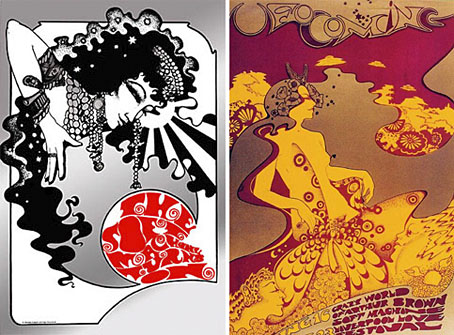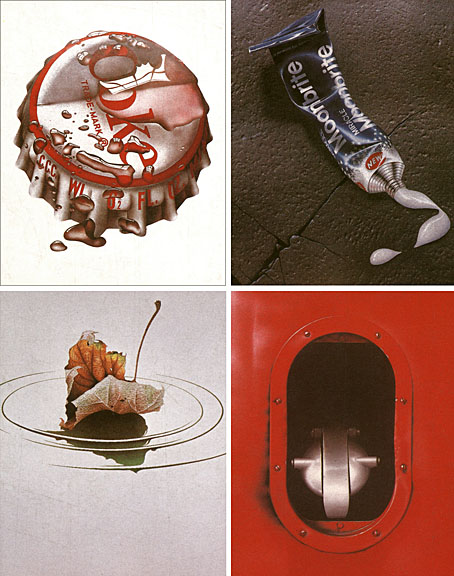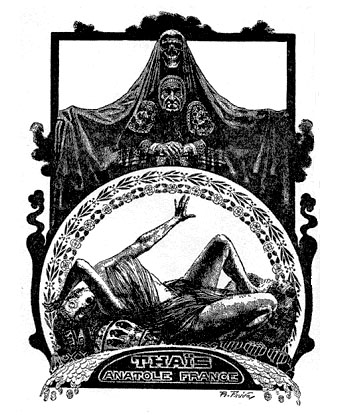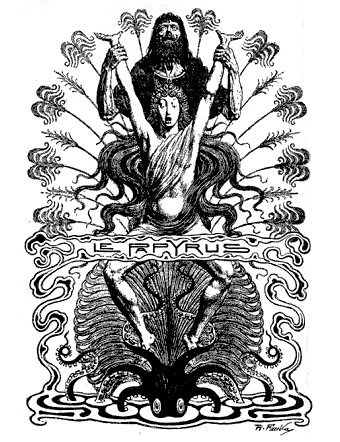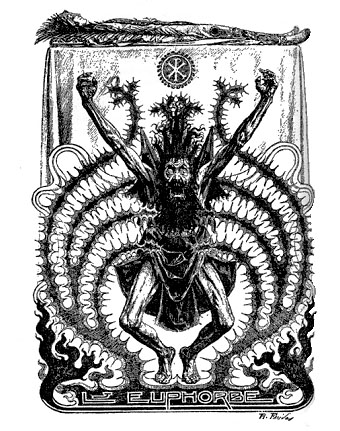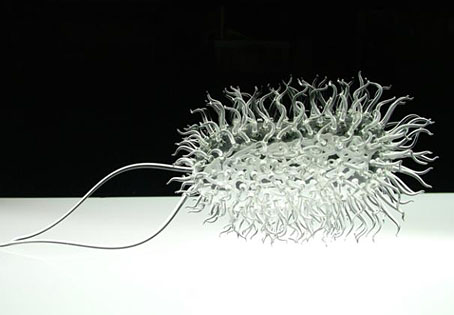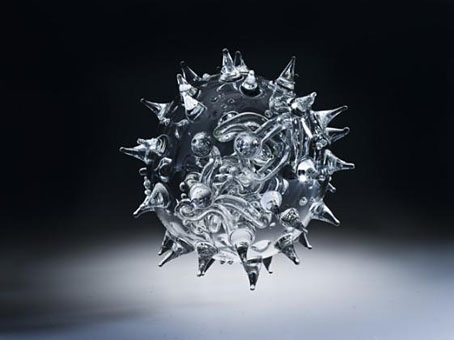Movement in Squares (1961).
Continuing the Sixties theme, the Walker Art Gallery in Liverpool has an exhibition running whose title, Bridget Riley Flashback, alludes to the connection between Riley’s vibrant Op Art and the psychotropic concerns of the decade which brought her to the world’s attention. Riley’s works nearly always look very clean and mechanical in reproduction which can tend to defeat their purpose as paintings. The actual pictures are paint on canvas, with each square or line carefully applied by hand (not always by herself it should be noted; she had assistants), and present a deliberate contradiction in their rigid formalism and hand-crafted production. Their large size also gives them substantially greater visual impact.
A seminal work in the show is ‘Movement in Squares’, which was purchased by the Arts Council collection in 1962, the year after it was made. Consistently exhibited in retrospectives of her work, she credits the work as the beginning of her breakthrough into abstraction. This shows an insight into the role of the Arts Council collection in supporting British artists and collecting the art treasures of the future.
Bridget Riley Flashback runs until December 13, 2009.
Previously on { feuilleton }
• Design as virus #4: Metamorphoses
• New Bridget Riley


